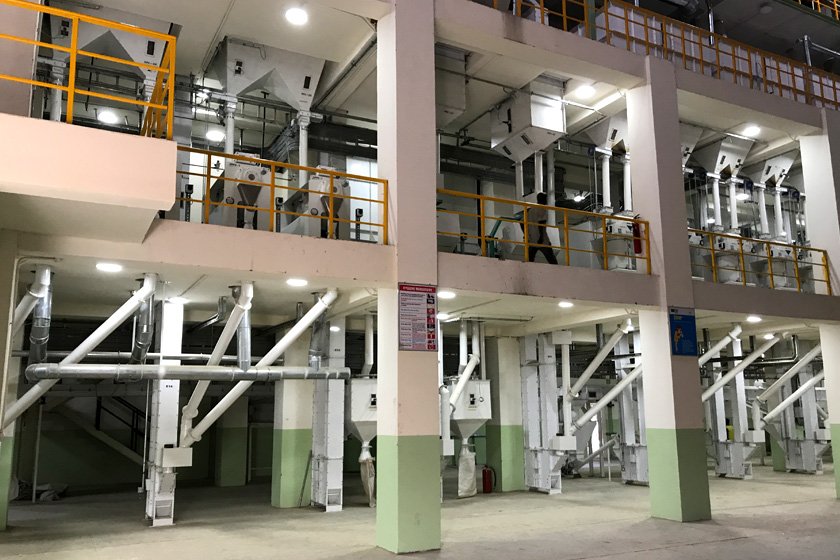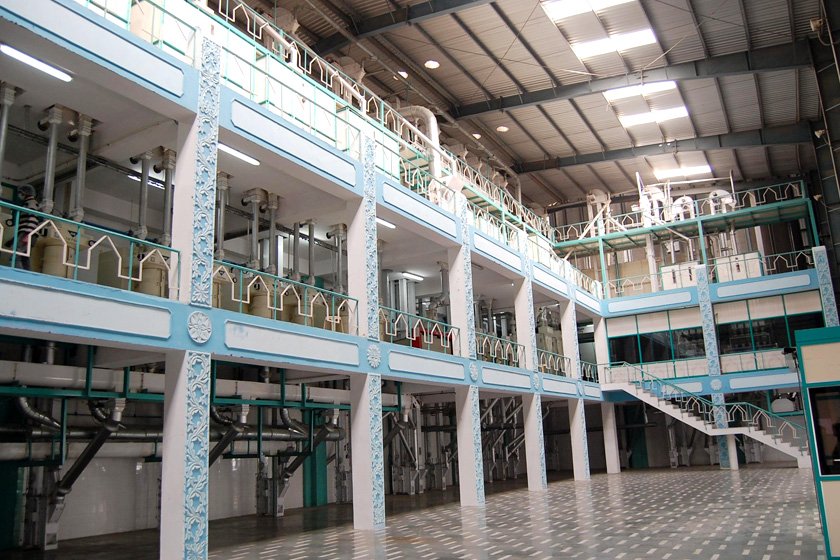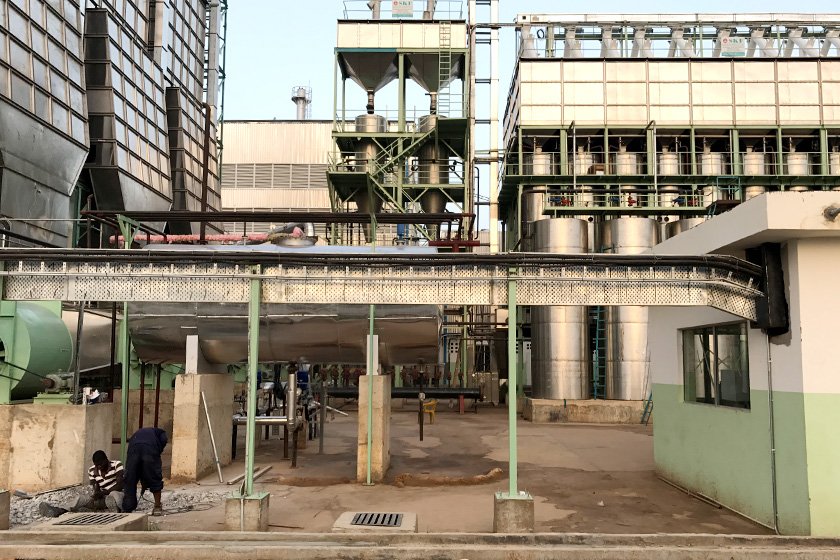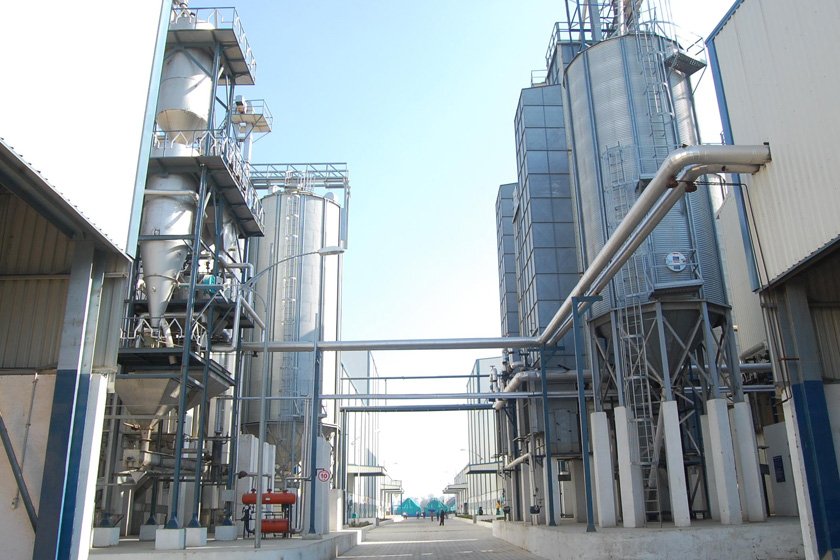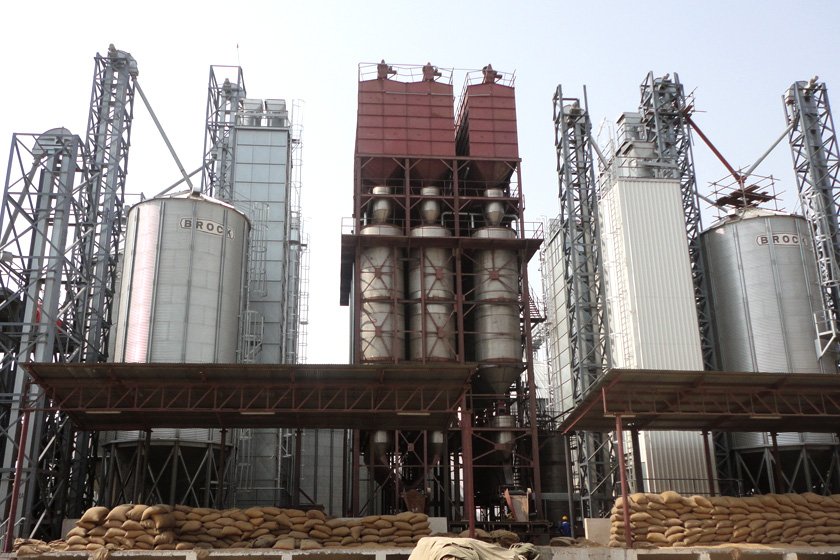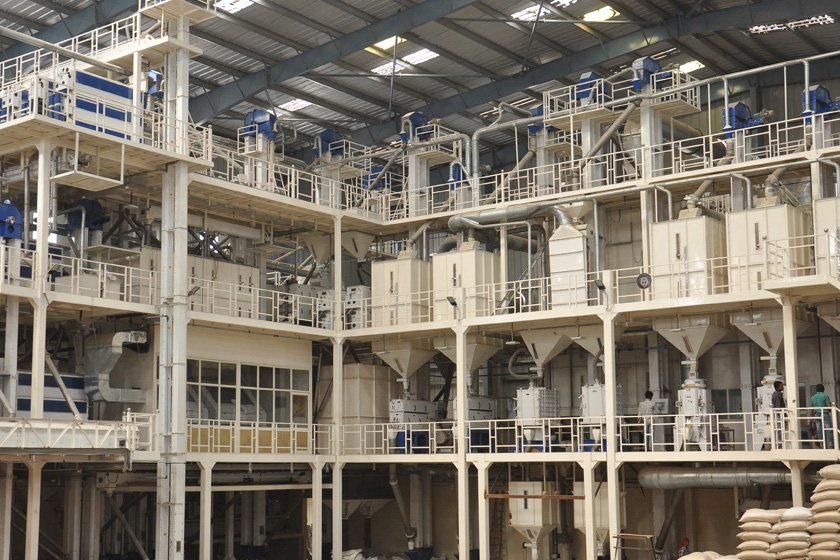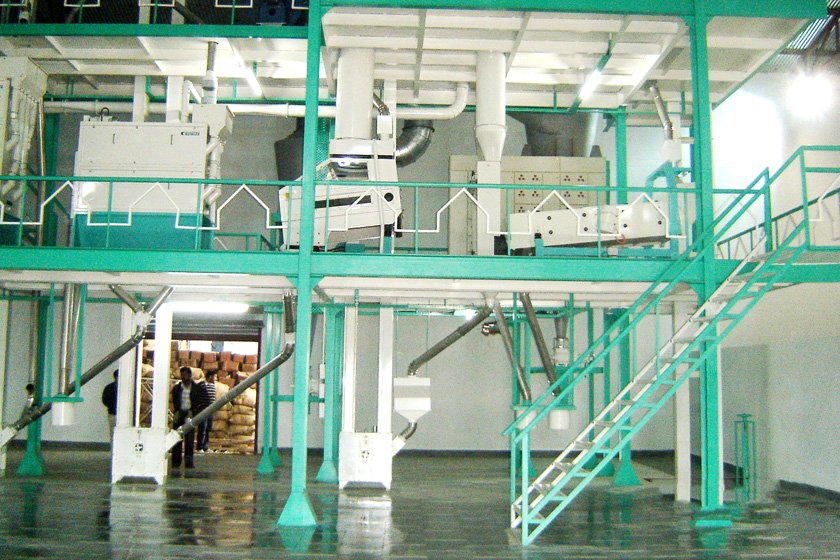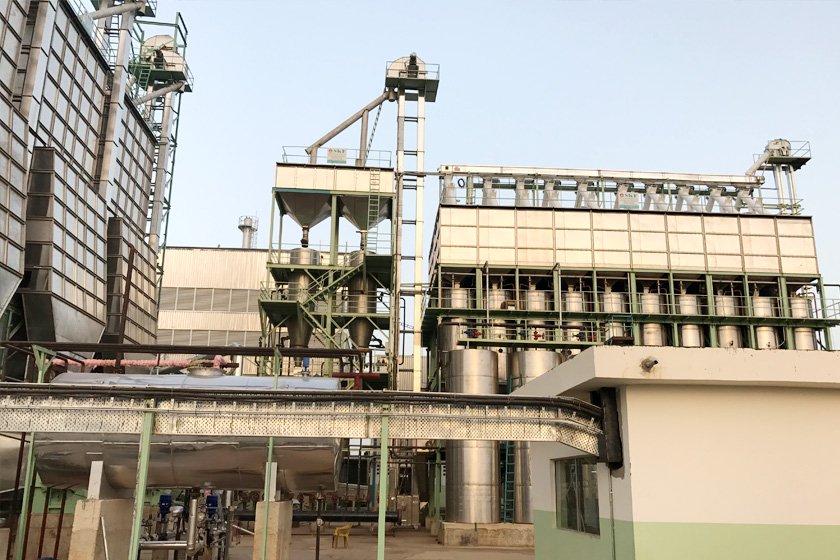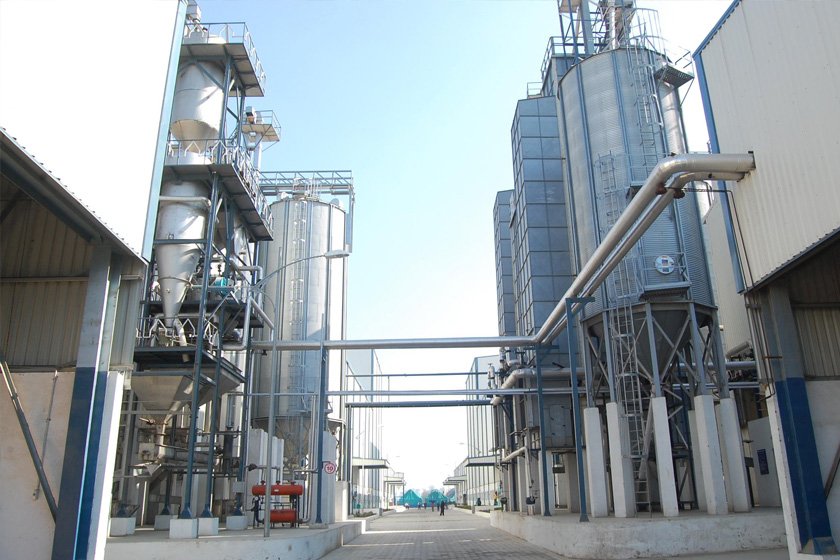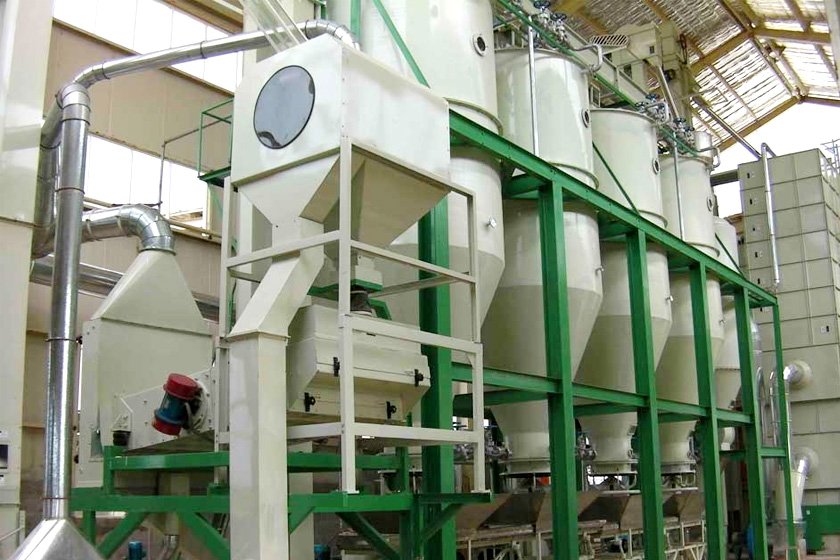Being inedible, paddy cannot be consumed as rice directly. It needs to undergo processing to be enriched with flavor and taste. The entire process is automated with a process flow that begins with the paddy and outputs refined rice-sorted and packaged for the tables of discerning consumers. However, in order to gain optimum returns the right mixture of expertise and experience is needed. While offering complete Rice Milling Plant Engineering Services, Nextech Solutions- India’s’ leading Rice Mill Engineers & Designers to test the equipment extensively on all major quality parameters. This is performed under stringent quality control by experienced professionals in order to deliver a rice plant renowned for performance and reliability. Rice Mill Plant Layout Design is optimized in order to ensure minimum running cost, least maintenance, and long life. As premium Rice Mill Plant Manufacturer in India, we also ensure that each process and equipment is customized so that each plant is set up to optimize the output.
Comprehensive Rice Milling Plant Engineering Services
The modern Rice mills incorporate multi-stage processed on state of the art, equipment to ensure that the process flows are optimum. As the leading edge providers of Rice Mill Solutions to Rice Mill Plant Setups all over the world, we have extensive expertise and experience of Modern Rice Mills as state of the art, technologically advanced units. We employ the leading edge plant machinery and technology incorporating continuous processes that are seamless and fully automated.
The emphasis is on producing higher yields with attractive appearance, taste, elongation and better cooking quality in order to attract the higher number of customers. To optimize the returns, the byproducts are also reused. The by-products like Rice bran is diverted to fulfill the growing demand in the solvent Extraction industry. As the proven Rice Mill Consultant in India, we not only facilitate Rice Mill Machinery from Rice Mill Plant Manufacturer in India for optimizing Rice re-processing and blending but also are leading Storage Silo Project Consultant.
The process of removing the husk as well as the bran layers from paddy/rice is totally optimized in these plants. Stringent quality tests are in place to ensure that the kernels become sufficiently milled free of impurities with minimized broken kernels for optimizing profits.
The four Sections viz:
- Parboiling
- Drying
- Milling
- Bagging including cleaning, milling, and packaging have inbuilt processes that ensure a seamless process and flow.
Nextech Solutions, a 10-year-old organization, promoted by two professionals with extensive experience from the Grain & Seed Industry- extend the perfect Rice Mill Solutions and Rice Mill Engineering Services. With the comprehensive experience of the detailed engineering processes and control knowhow, we have a competitive advantage in terms of overcoming operational challenges in running and managing large capacity rice mills. We employ only the right personnel with expertise and experience who can work to optimize resources available – both financial and time-wise. Consequently, we are better positioned to evolve more effective solutions.
 MAIL US :
MAIL US :
 CALL US :
>
CALL US :
>
